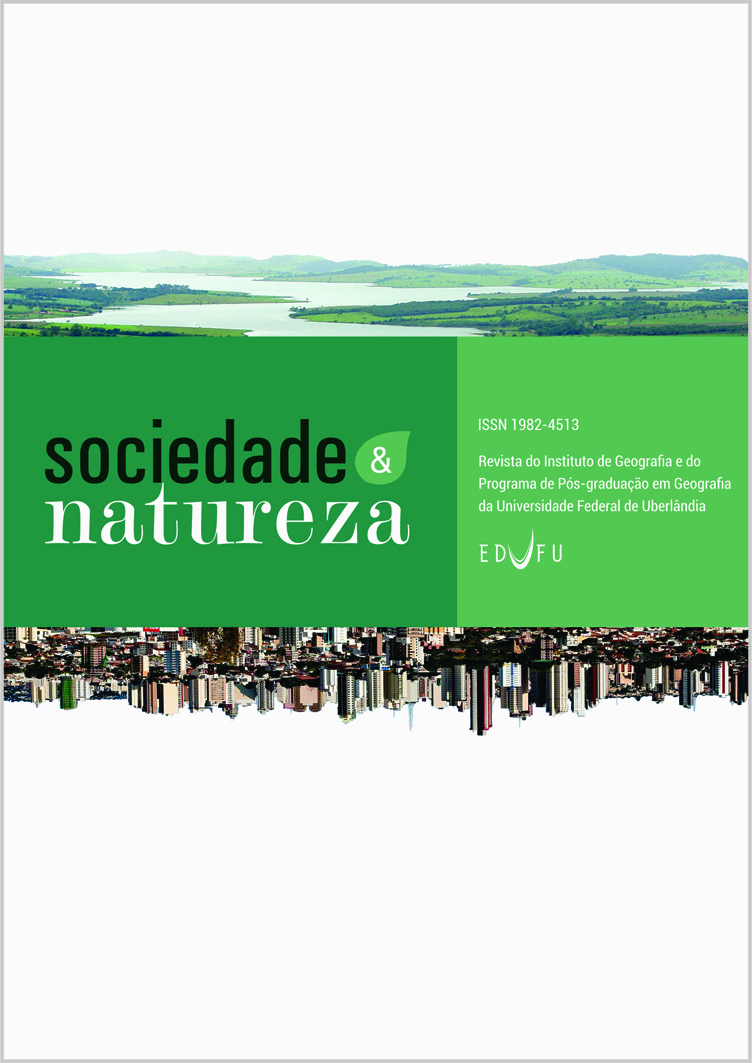Resumo
Degradation of lateritic environment as found in the south western and eastern Birbhum district can be considered as irresistible. Inherently poor physical and chemical status of existing lateritic soil profile and radical conversion of land uses as observed at cadastral level are the key factors of land degradation. Lateritic soilscapes are mostly affected by water erosion induced, vegetal and anthropogenic degradation attaining severe and very severe degradation status. Degraded lands in sample mouzas like Ballabhpur, Shyambati, Chawpahari Jungle, Bodakuri and Pachami account for 60.33%, 71.42%, 72.99%, 87.31% and 79.66% respectively out of their total lateritic exposures. In other words about 36.98%, 71.42%, 61.73%, 56.70% and 76.02% out of their total village areas and mostly non agricultural land use are affected by it. Four degraded villages get the higher priority for friendly landscape conservation actions.Direitos Autorais para artigos publicados nesta revista são do autor, com direitos de primeira publicação para a revista. Em virtude de aparecerem em revista de acesso público, os artigos são licenciados sob Creative Commons Attribution (BY), que permite o uso irrestrito, distribuição e reprodução em qualquer meio, desde que o trabalho original seja devidamente citado.
##plugins.themes.healthSciences.displayStats.downloads##
##plugins.themes.healthSciences.displayStats.noStats##

